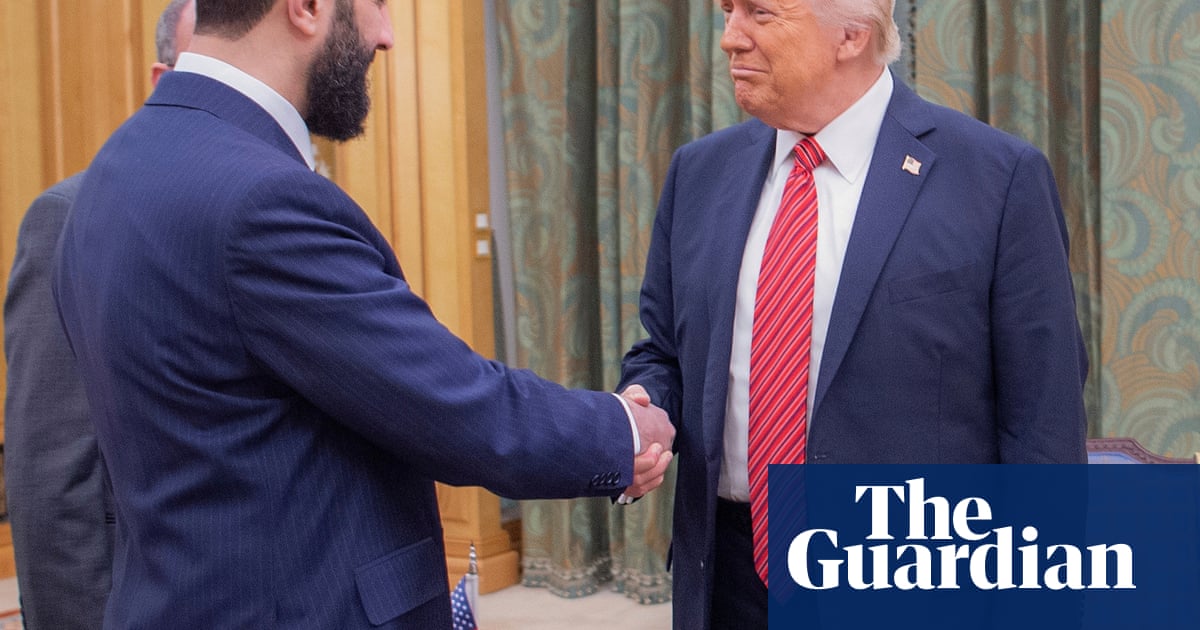Trump’s Executive Order: A Shift in U.S. Sanctions on Syria
In a surprising move, former President Donald Trump is expected to issue an executive order aimed at lifting some financial sanctions on Syria. This decision comes on the heels of significant political changes in the war-torn country, primarily following the ousting of longtime leader Bashar al-Assad. The administration posits this action as a key step toward stabilizing Syria and supporting a fragile transition government.
The Historical Context of Sanctions
The United States has maintained a complex sanctions program against Syria for many years, rooted in concerns over the Assad regime’s involvement in chemical weapons development and human rights abuses. Initiated in 2004, the sanctions froze Syrian government assets in the U.S. and restricted exports to the country, a measure intended to pressure Assad into changing his government’s practices. As the conflict in Syria escalated over the past decade, these sanctions became a focal point in the international response to the regime’s violent crackdowns on dissent.
Details of the Proposed Executive Order
According to White House sources, the anticipated executive order will pave the way for the termination of the existing sanctions program. Importantly, however, it is not a blanket removal of all restrictions on Syria. The order will retain certain sanctions mandated by Congress, particularly those outlined in the Caesar Syria Civilian Protection Act of 2019. This legislation targets funds for reconstruction, natural gas projects, and reinforces the designation of Syria as a state sponsor of terrorism.
Targeted Sanctions: Who Remains on the Watchlist?
The White House has assured that while sanctions on Syria as a whole may be lifted, those aimed specifically at individuals linked to Assad will remain in place. This includes sanctions against Assad himself, his senior officials, human rights violators, drug traffickers, and entities connected to chemical weapon activities. Additionally, U.S. sanctions against organizations such as ISIS and its affiliates, as well as Iranian proxies operating in Syria, will persist.
Press Secretary Karoline Leavitt emphasized this targeted approach during a recent press briefing, asserting that the new executive order would maintain pressure on Assad and his associates while providing the potential for broader economic relief in regions not controlled by the former regime.
The Political Landscape: Meeting with Syria’s New Leader
This strategic pivot appears to have been influenced by Trump’s recent meeting with Ahmed al-Sharaa, the newly established leader who played a crucial role in the efforts to overthrow Assad. Following his ascendance to power in December, Sharaa expressed significant concern regarding the impact of existing sanctions on his government’s ability to stabilize the country. He noted that financial restrictions have hindered essential functions, such as paying civil servants and addressing urgent reconstruction needs.
During this meeting, Trump reiterated his commitment to lifting sanctions contingent upon Assad’s removal, positioning the new approach as a means to facilitate a smoother transition for a government that is still grappling with the aftermath of years of war and chaos.
Implications for Reconstruction and Stability
Lifting sanctions is expected to provide some economic relief to Syria, opening up avenues for international investment and assistance in critical infrastructure projects. The country faces an uphill battle in terms of recovery, with widespread devastation affecting basic services, housing, and employment. Reducing economic restrictions could encourage humanitarian efforts and reconstruction initiatives that are vital for restoring stability.
Supporters of this measure argue that it represents a pragmatic approach to rebuilding Syria, fostering an environment where new leadership can assert itself without the crippling burden of sanctions imposed during a tumultuous era.
As discussions unfold, the global community watches closely, aware that this executive order could reshape not only Syria’s economic landscape but also the dynamics of power within the region.


